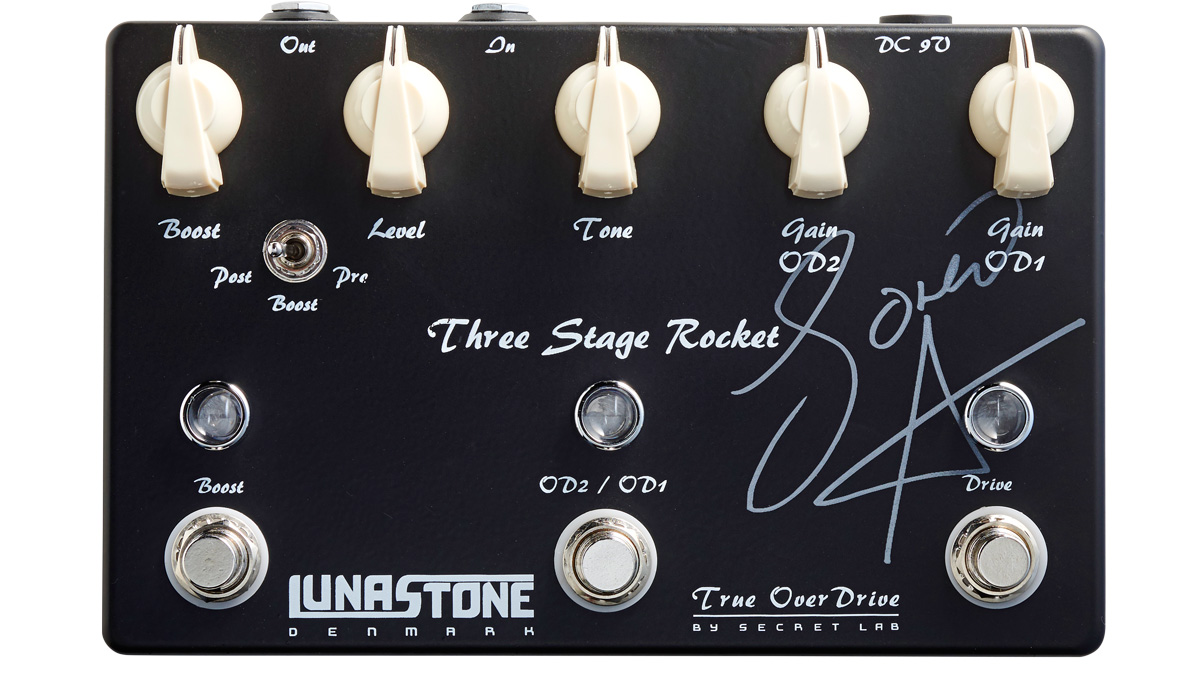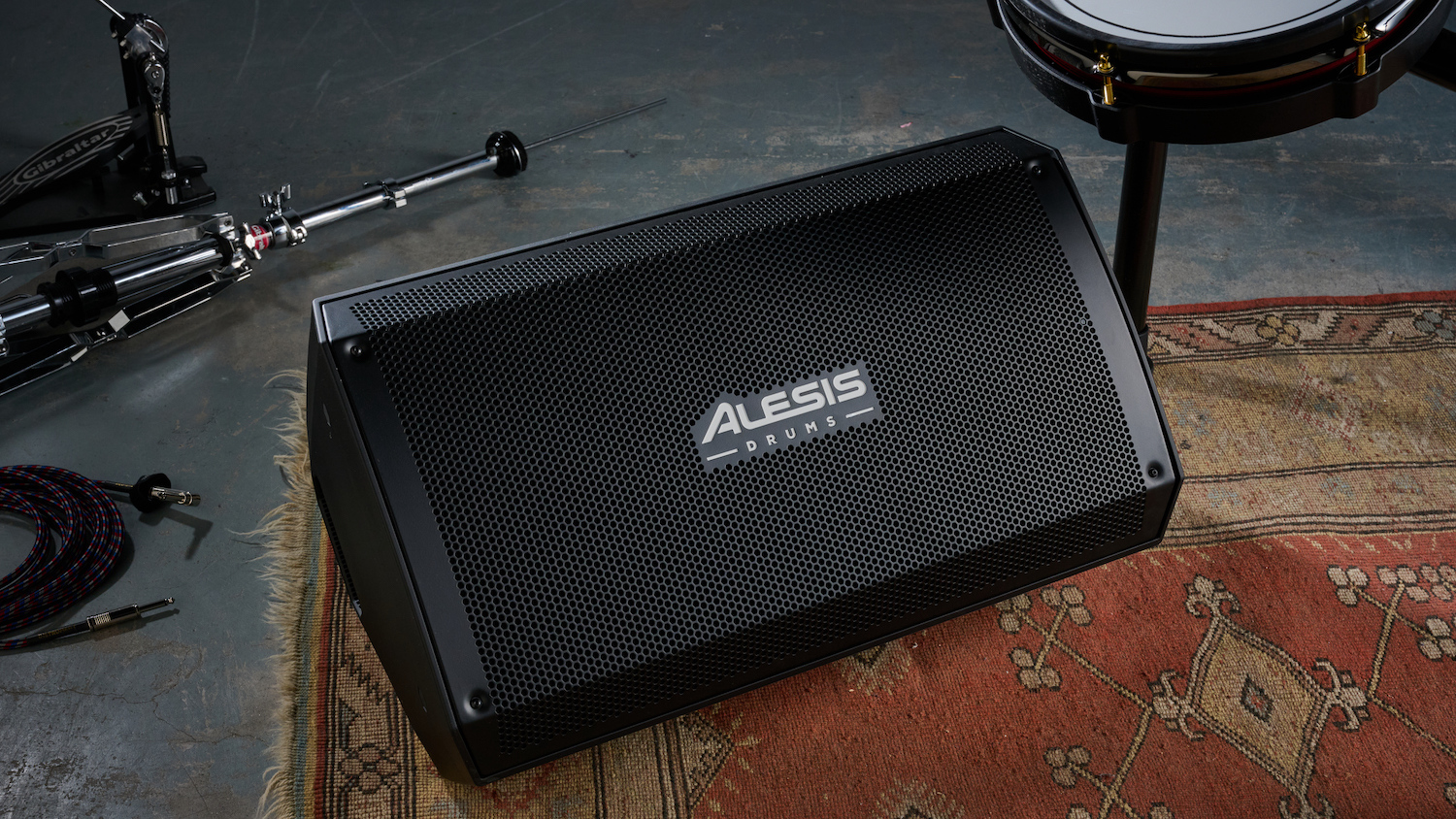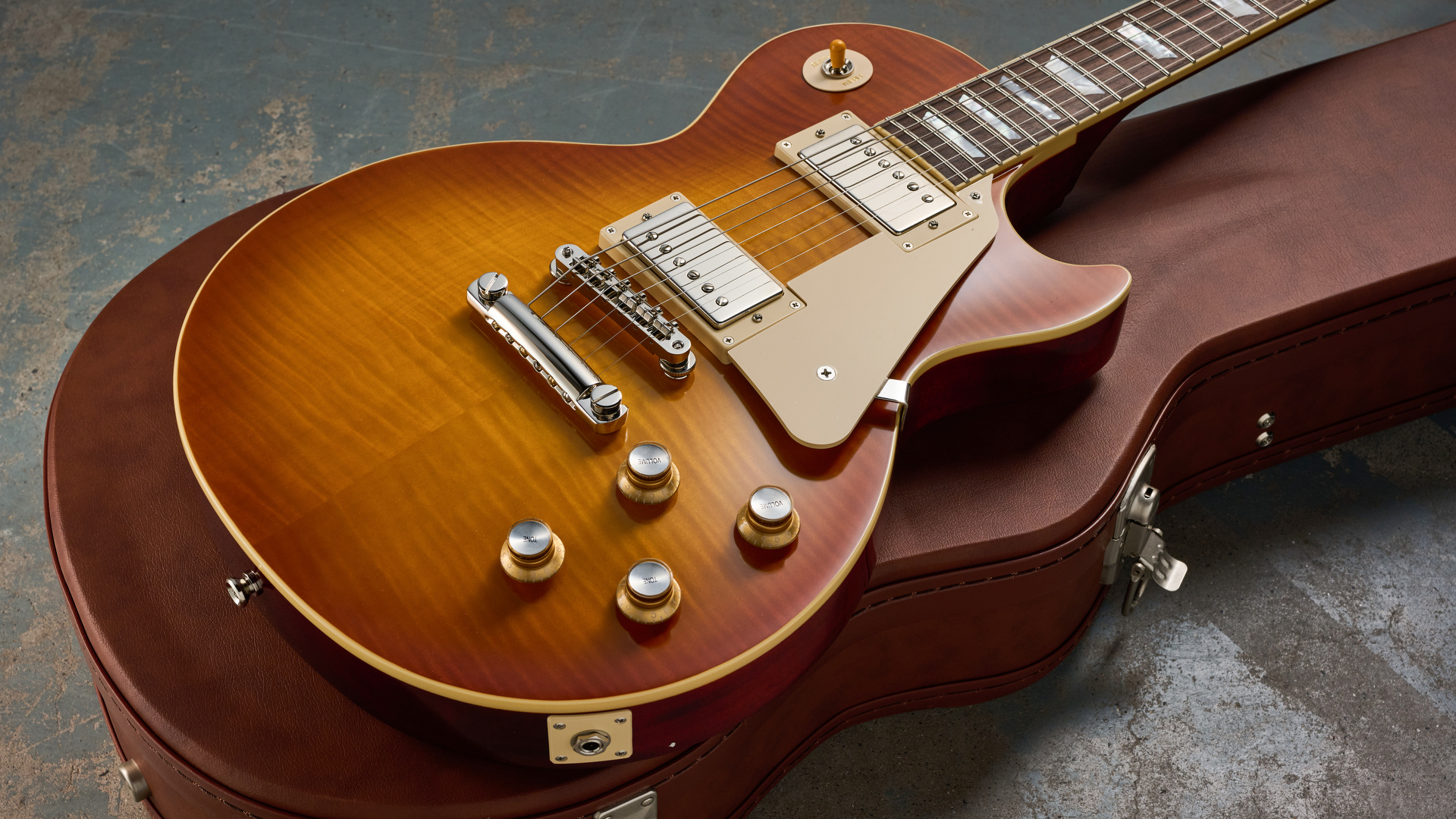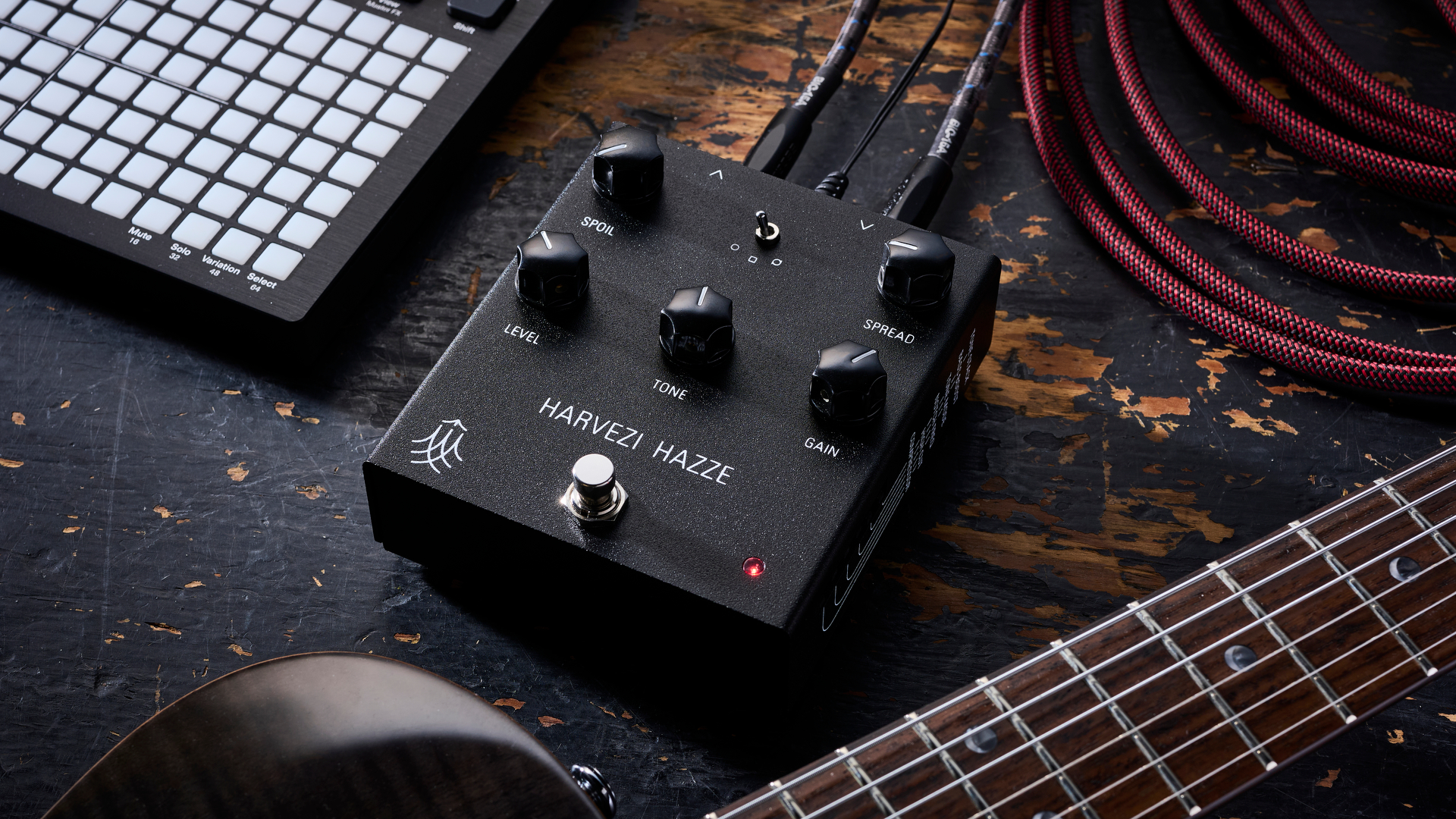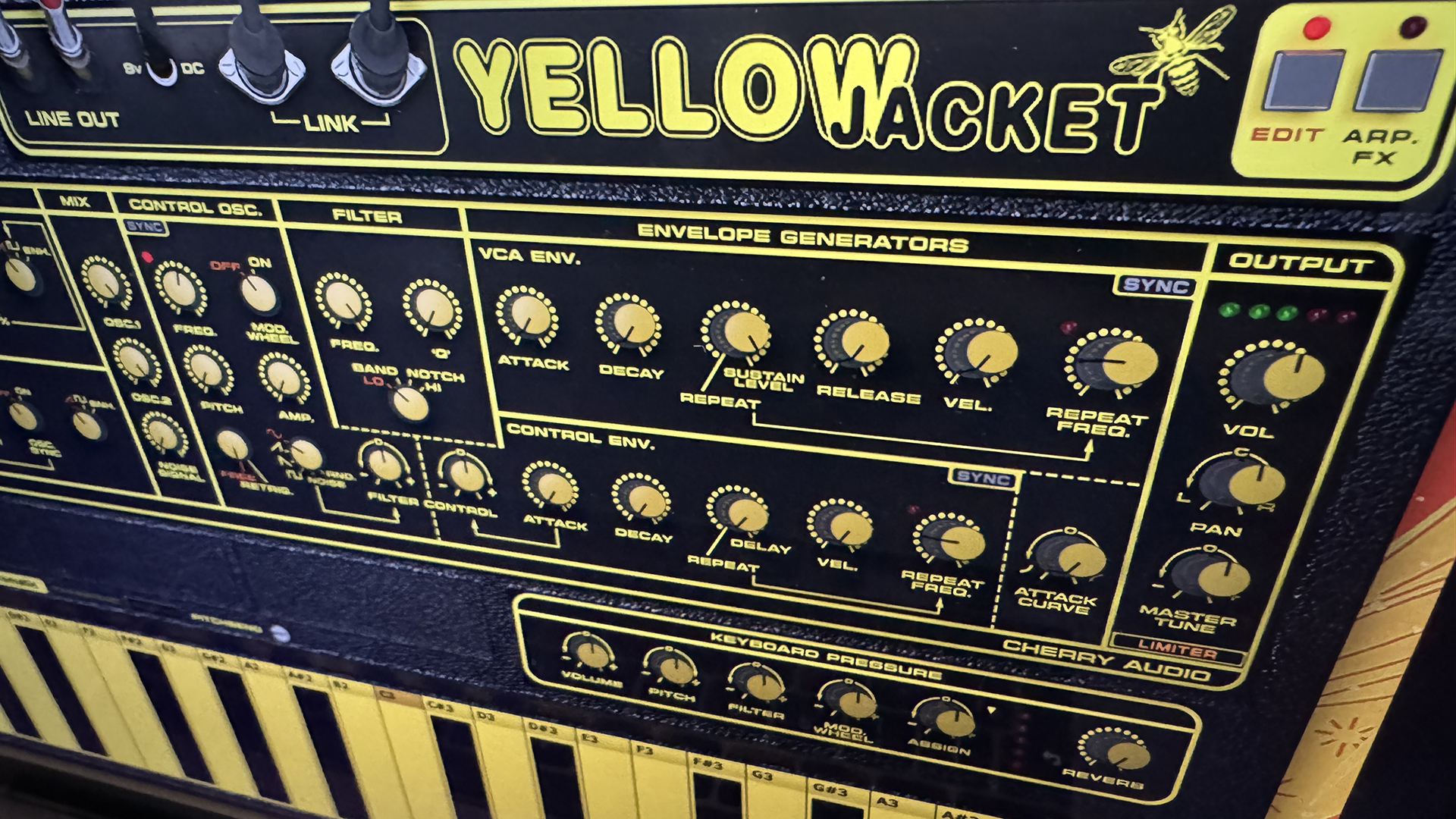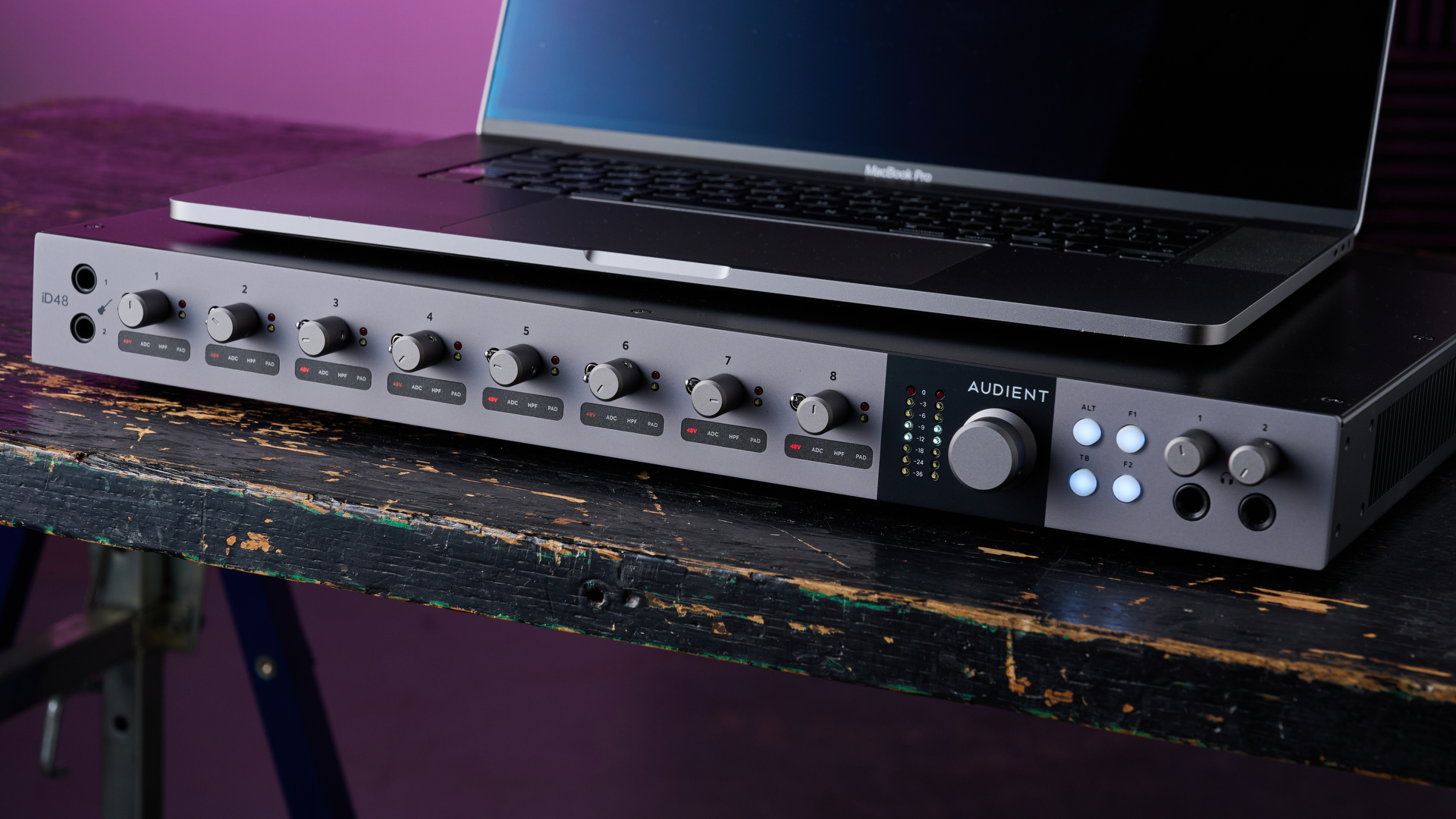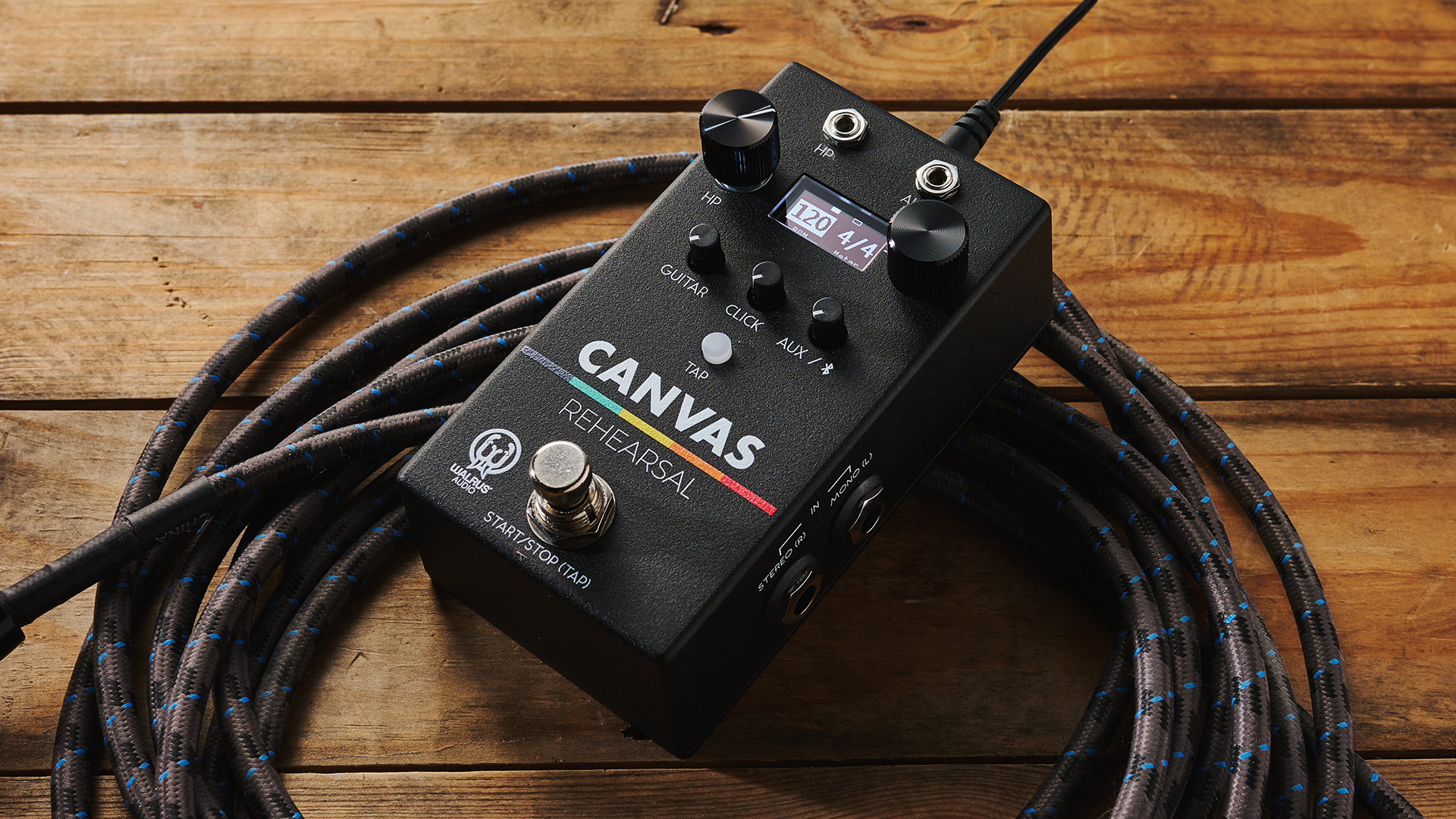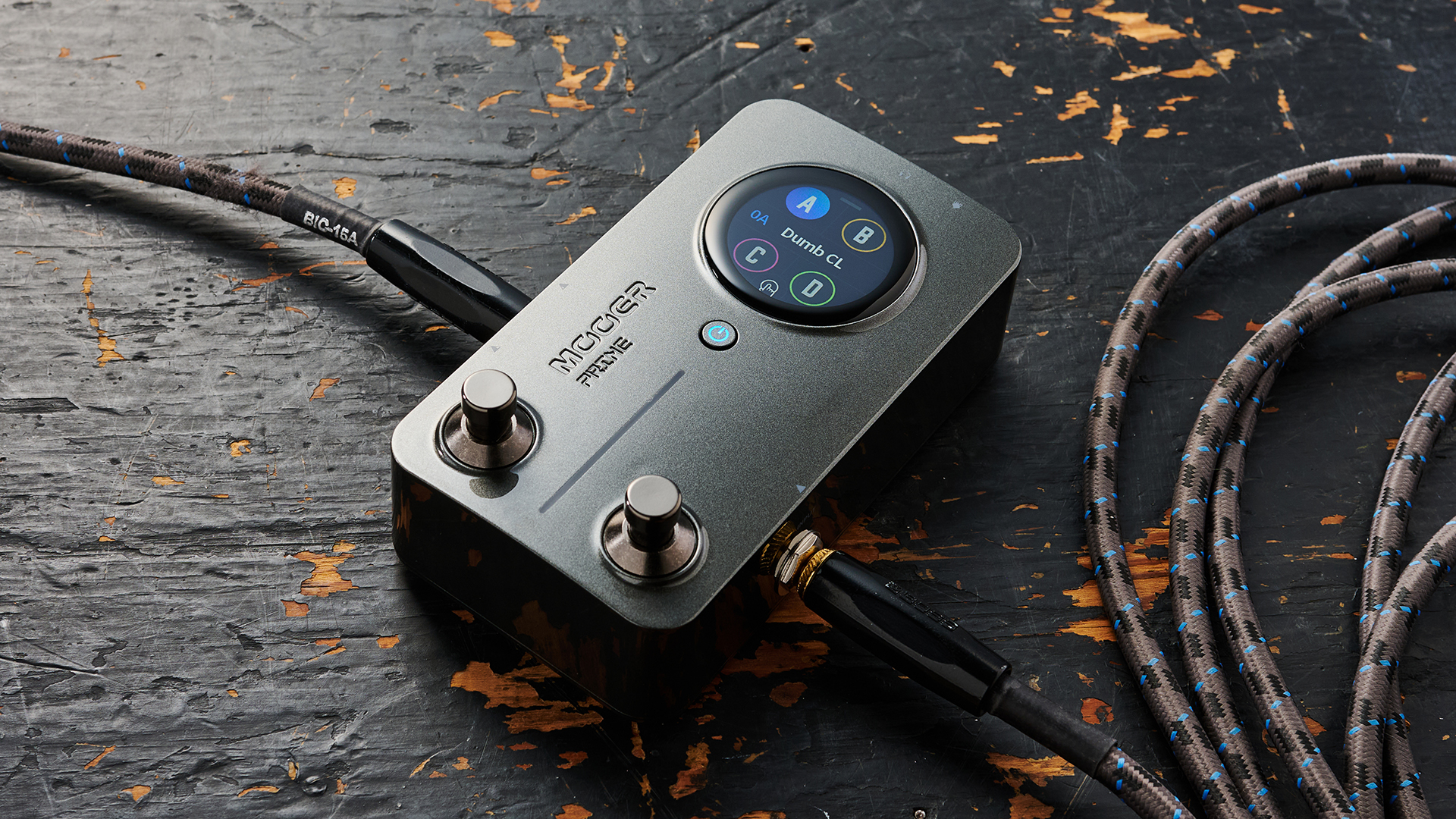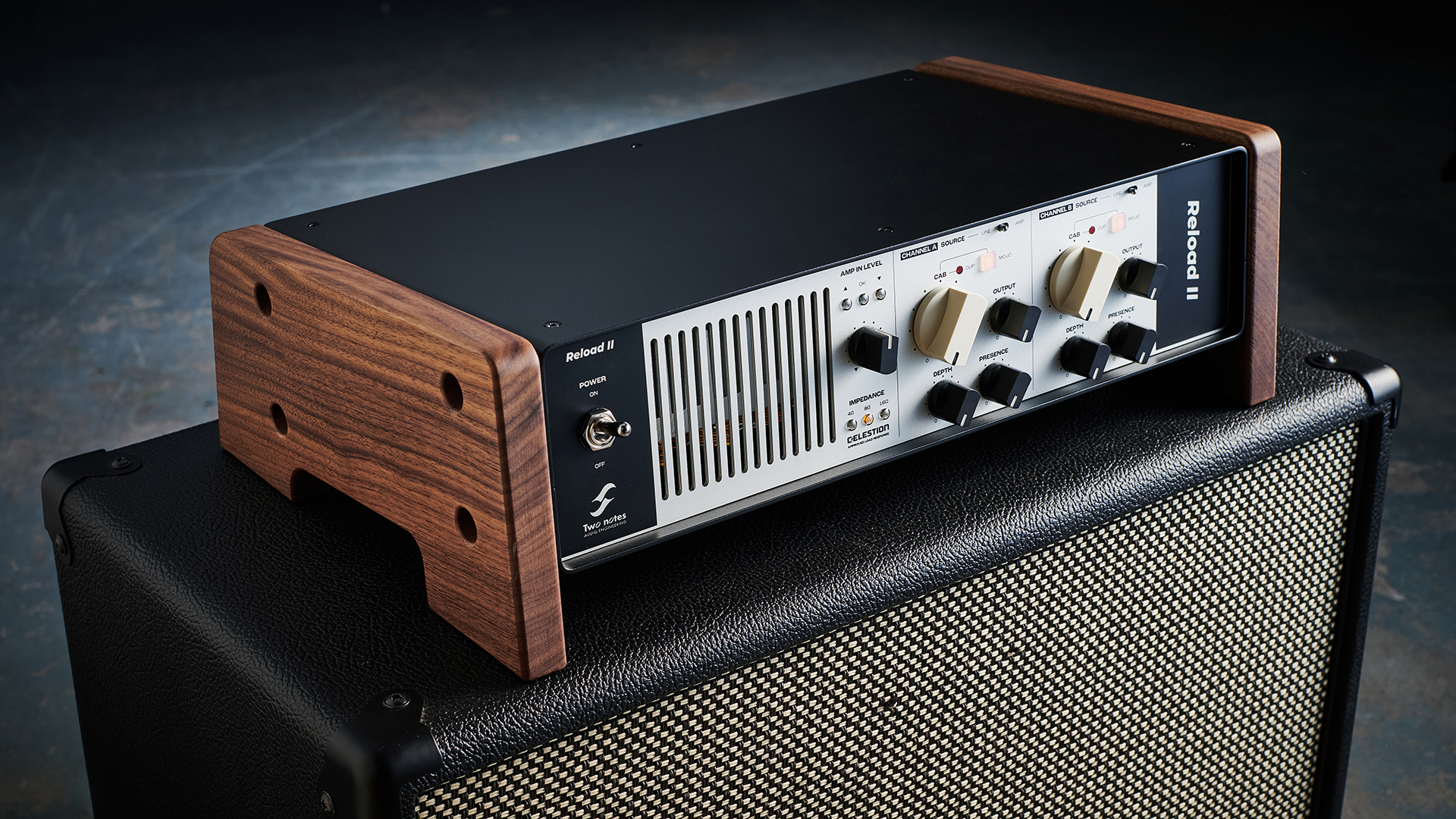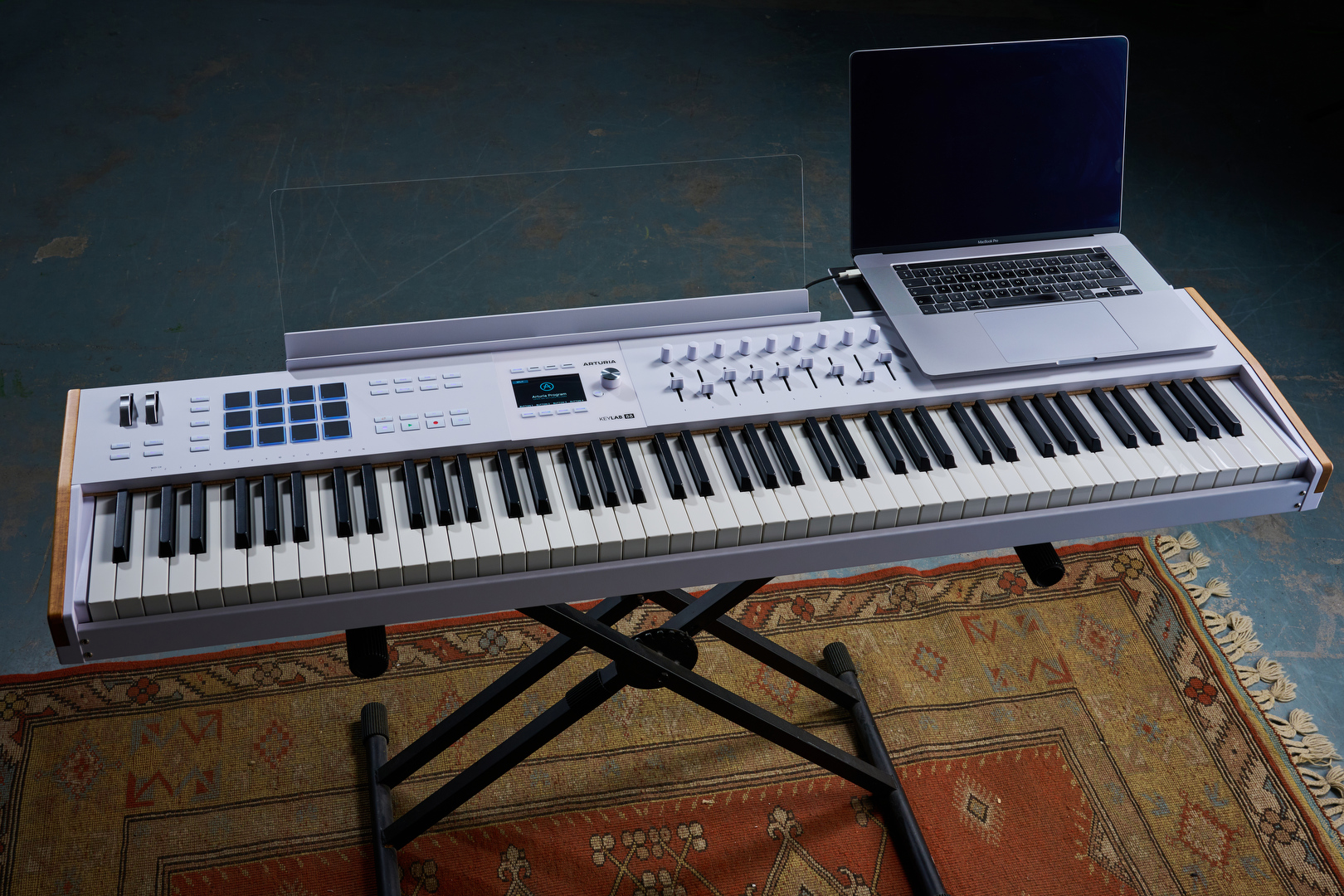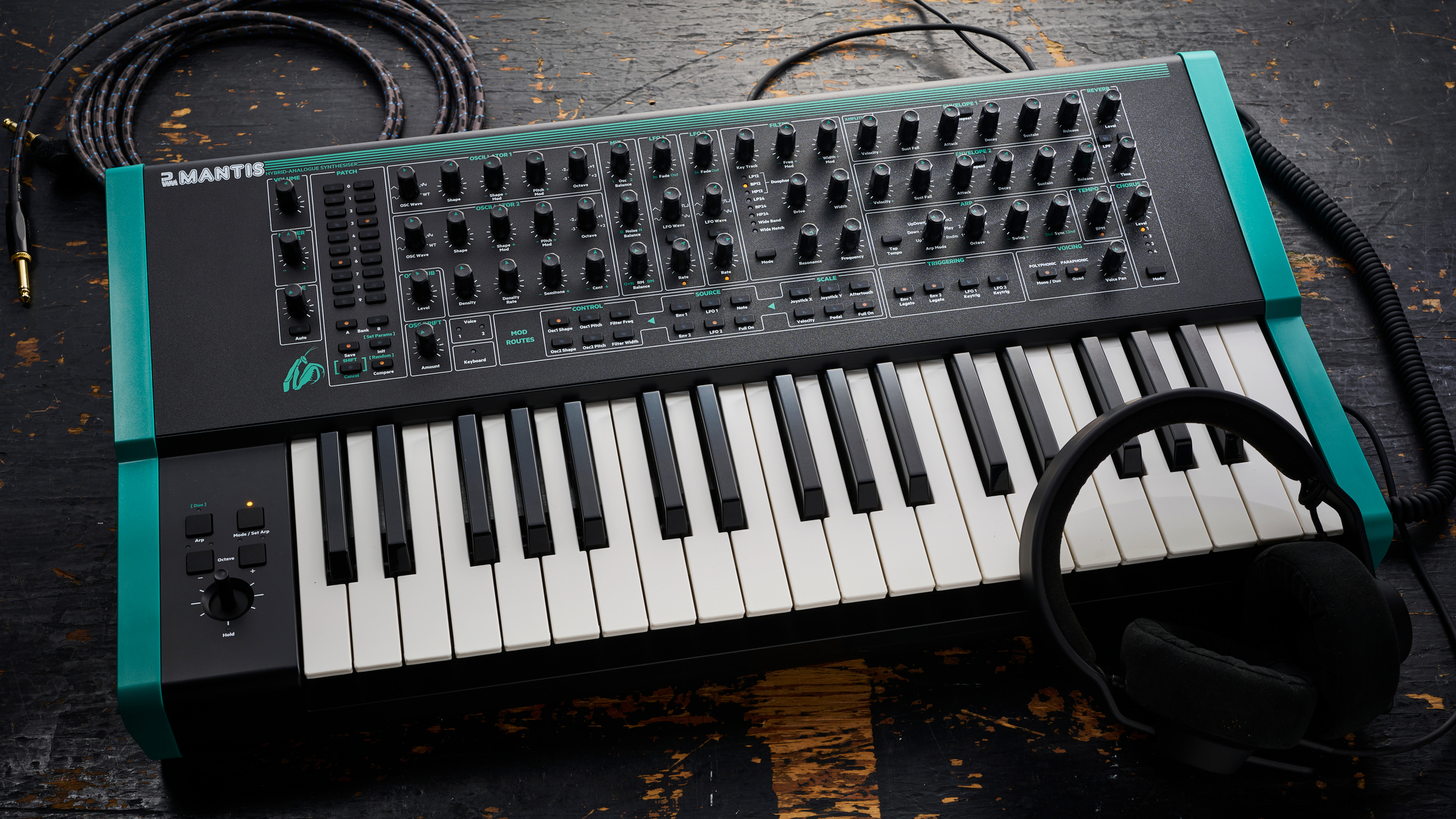MusicRadar Verdict
Full footswitching flexibility from clean boost to full-on sustaining distortion: all-in-one drive solution.
Pros
- +
Versatile.
- +
Well priced.
Cons
- -
Takes up a fair chunk of pedalboard real estate.
MusicRadar's got your back
The Three Stage Rocket has been designed in collaboration with Danish guitarist and producer Soren Andersen.
The pedal is based around the Big Fella’s circuitry and sound, but it expands on the design to include an extra footswitch that selects between the first and second gain stages of the drive section, which have also been given separate gain knobs.
The Boost section has been revised, too, in that you get a Pre/Post toggle switch that places the boost before or after the drive section. This means that you can just add volume or can push the drive section for more gain.
For just £40 over the cost of the Wise Guy you’re getting a lot of extra versatility that we think is well worth the outlay if the size of the pedal isn’t an issue for you and your ’board.
However, while it is big, it can do the job of three separate pedals and could be the only dirt/ boost pedal you’ll need on your ’board.
Trevor Curwen has played guitar for several decades – he's also mimed it on the UK's Top of the Pops. Much of his working life, though, has been spent behind the mixing desk, during which time he has built up a solid collection of the guitars, amps and pedals needed to cover just about any studio session. He writes pedal reviews for Guitarist and has contributed to Total Guitar, MusicRadar and Future Music among others.
“It's rare to encounter a song from the last 70 years that doesn’t involve it in some way”: Why reverb is one of the most reliable effects in a producer's arsenal
“All the albums I did with Metallica were recorded on 24-track analogue tape. There’s not a computer in sight”: How Flemming Rasmussen produced Metallica’s classic Master Of Puppets
“We could see John begin smiling. At the end of the first verse, he gave an exuberant thumbs-up and McCartney and Harrison began slapping each other on the back”: How one Beatles track spawned a recording technique revolution
